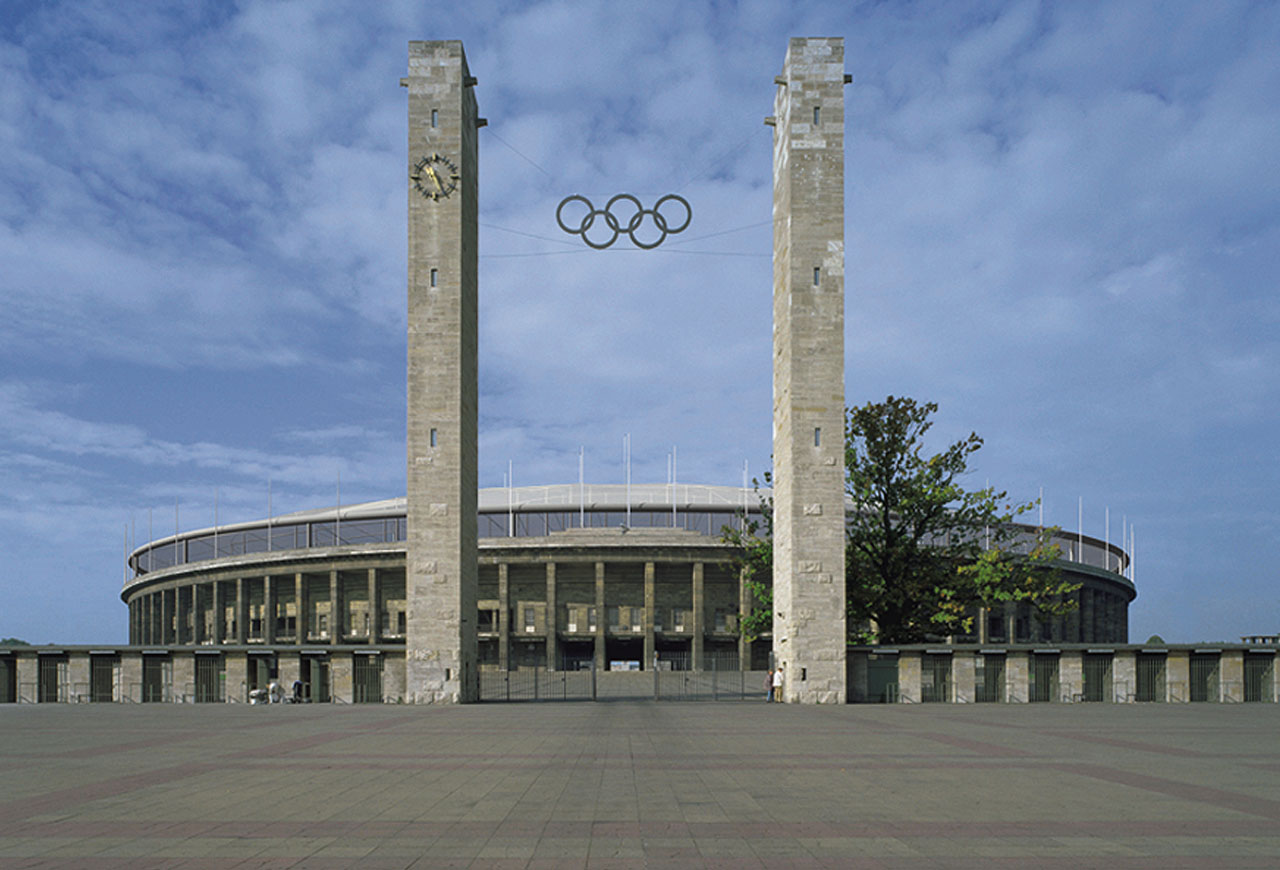
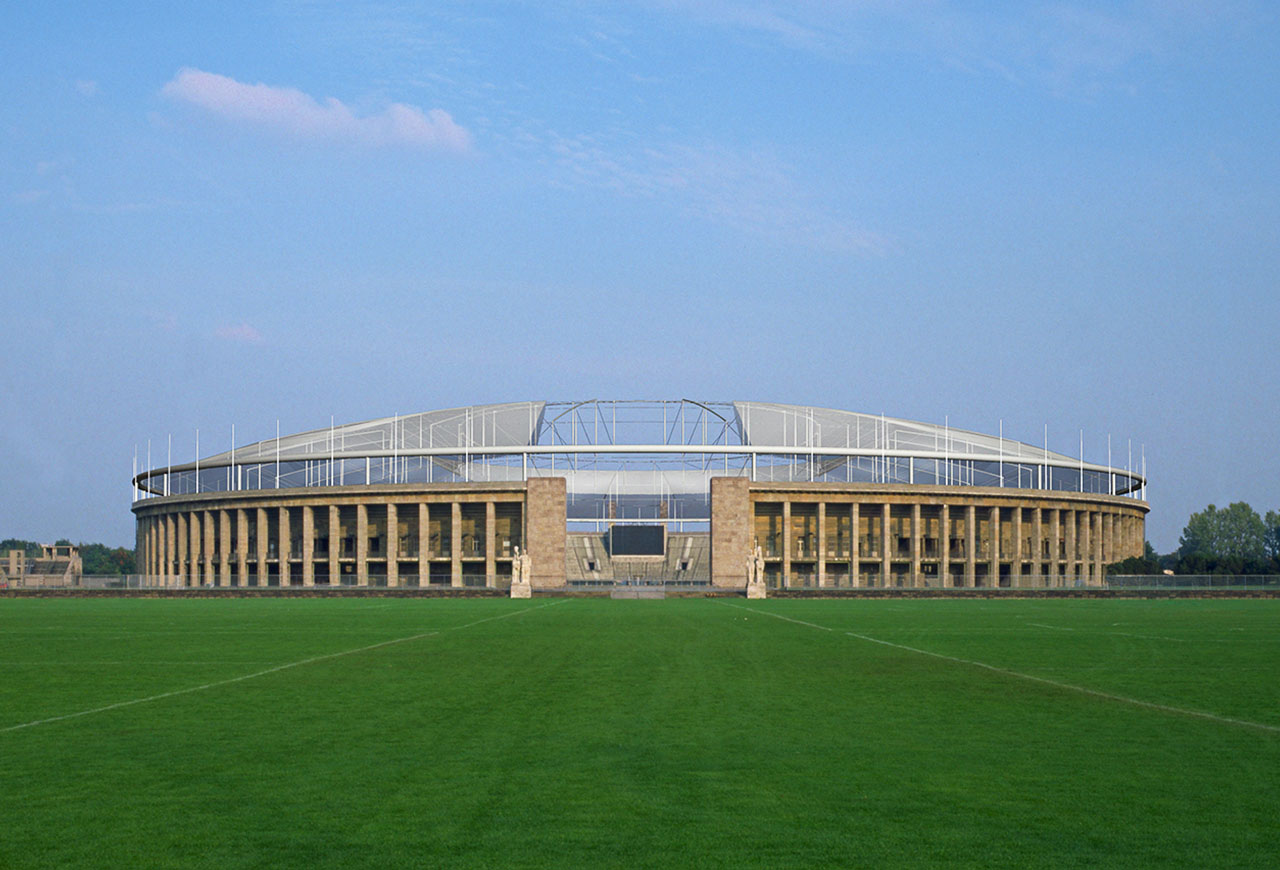
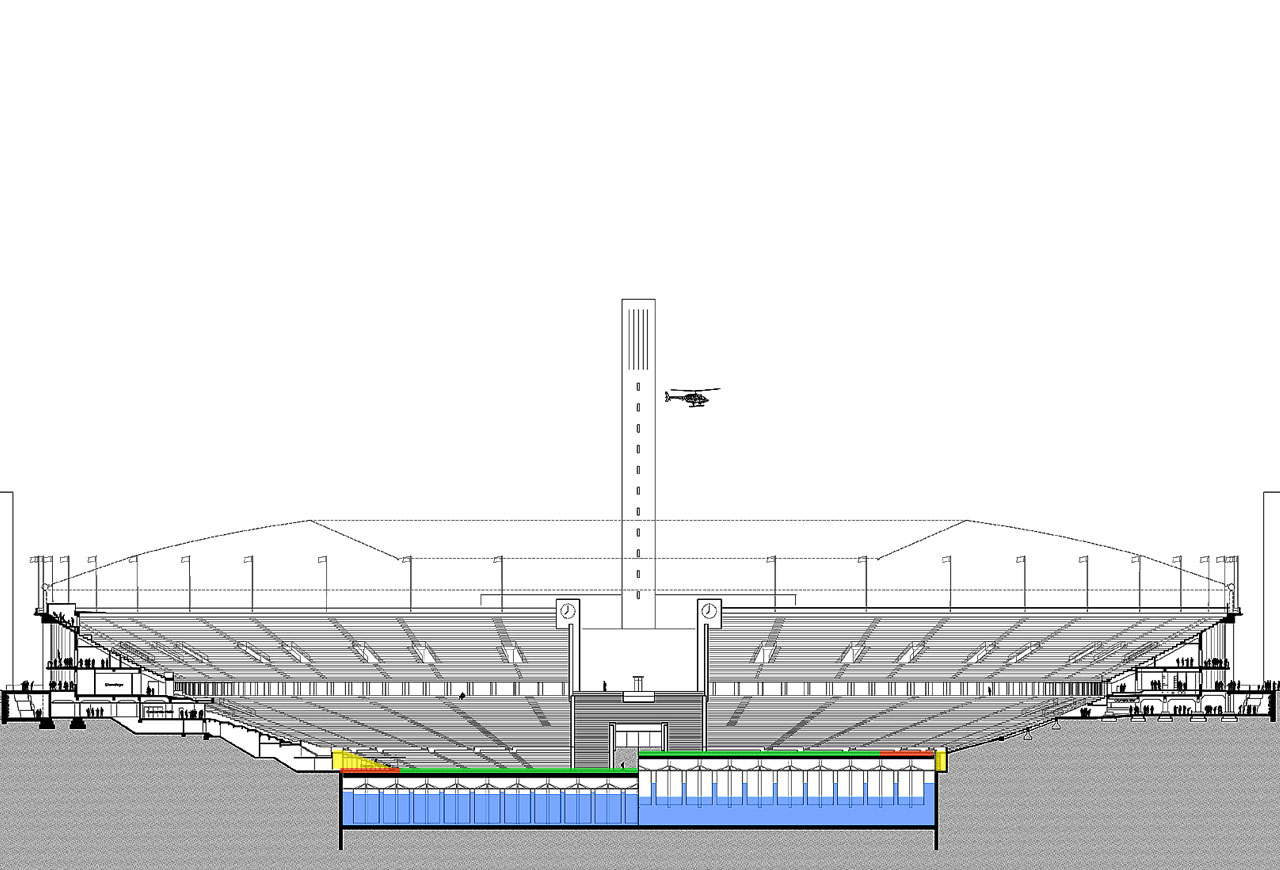
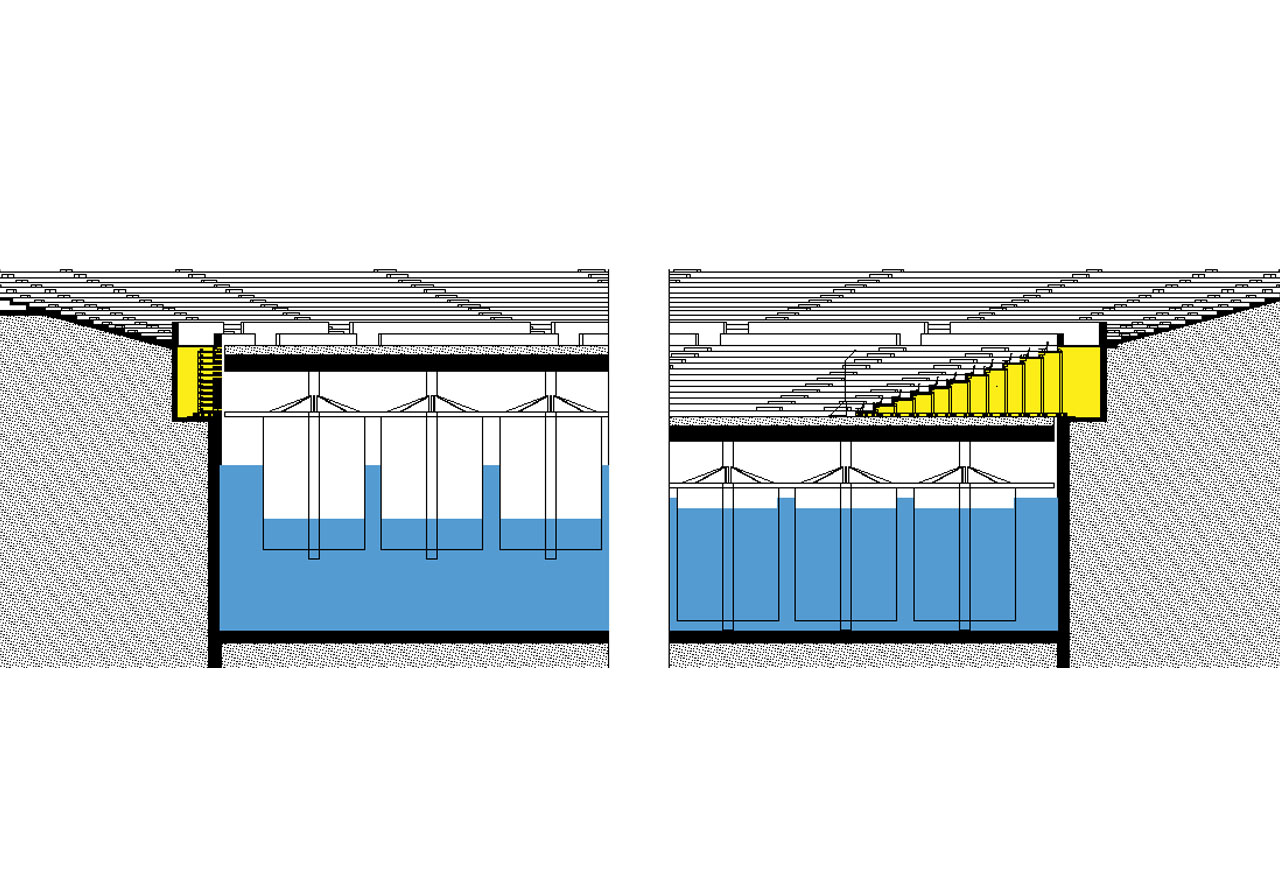
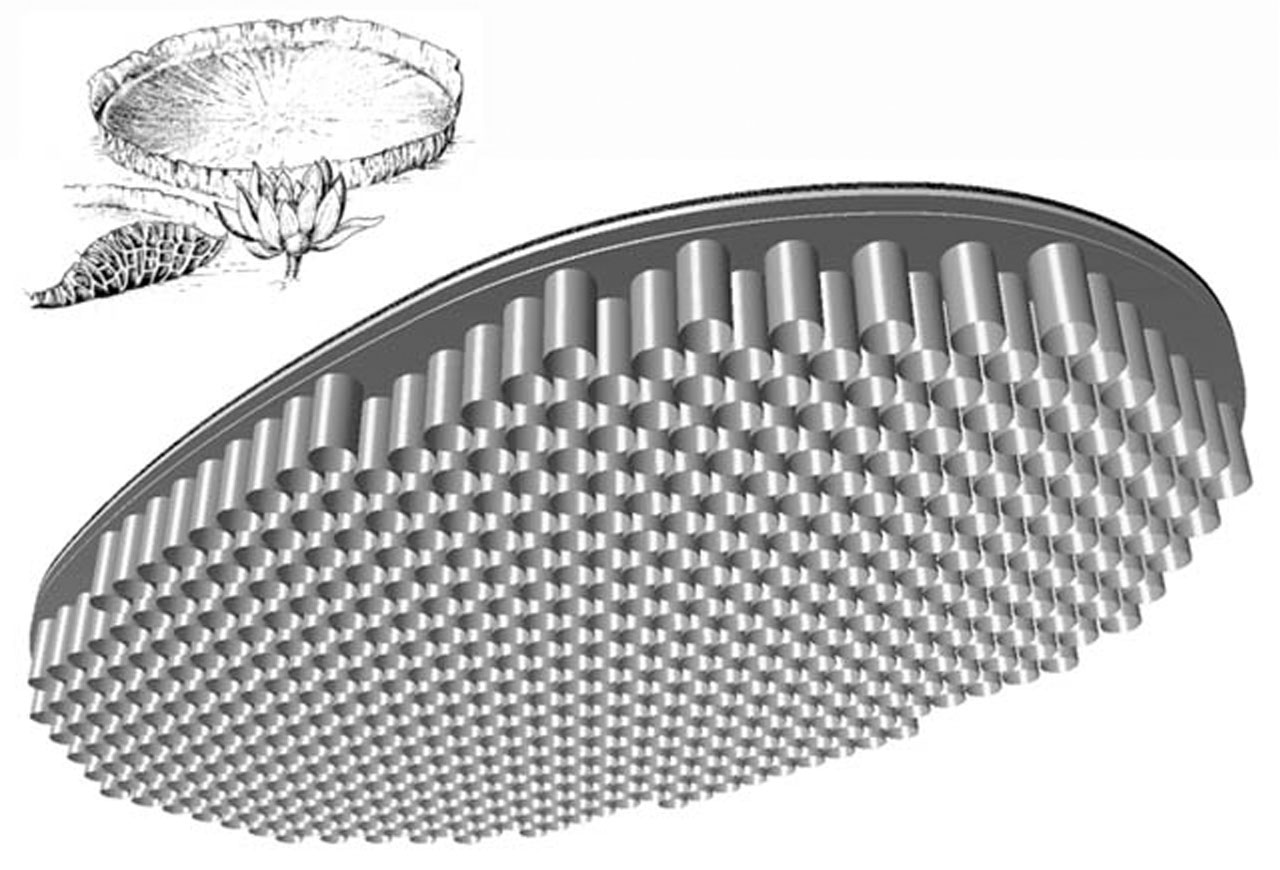
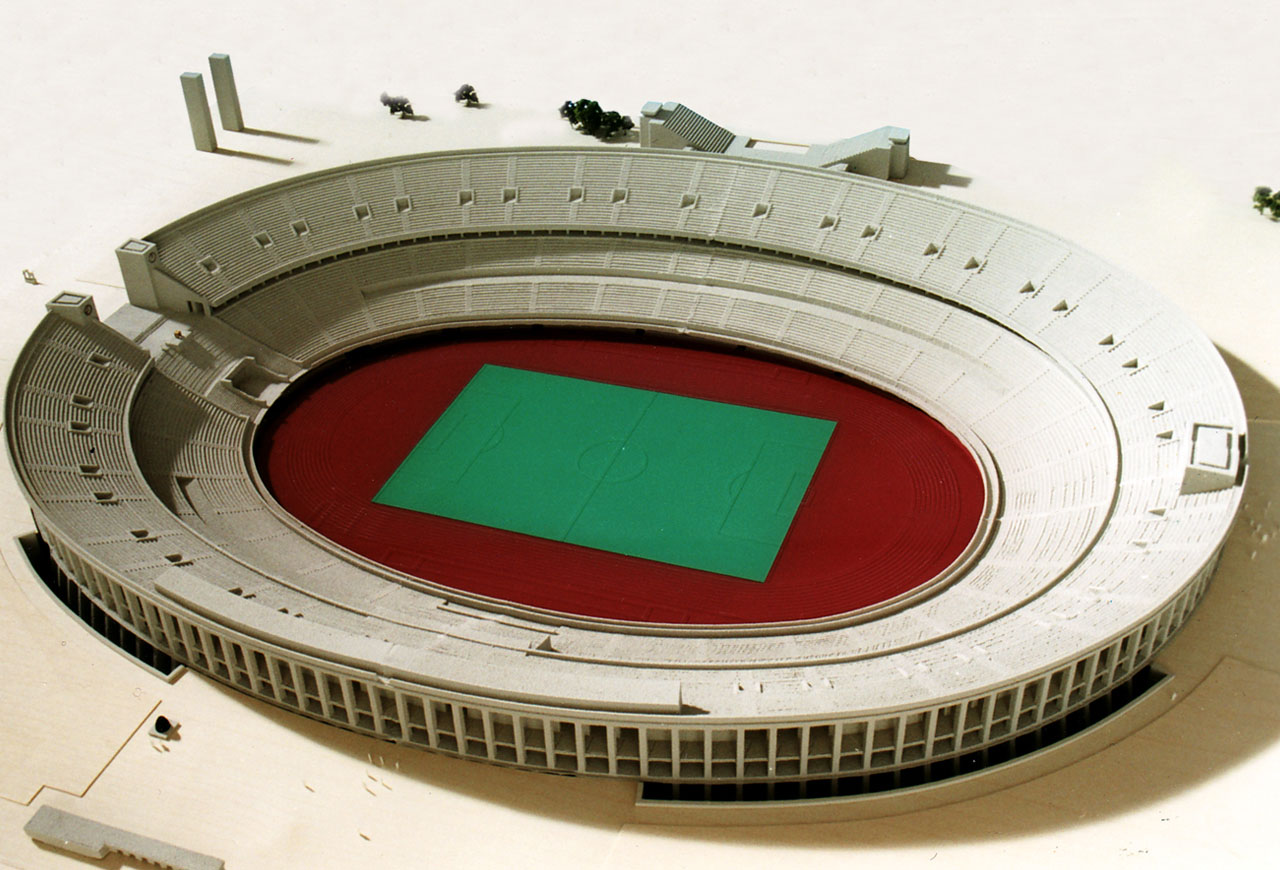
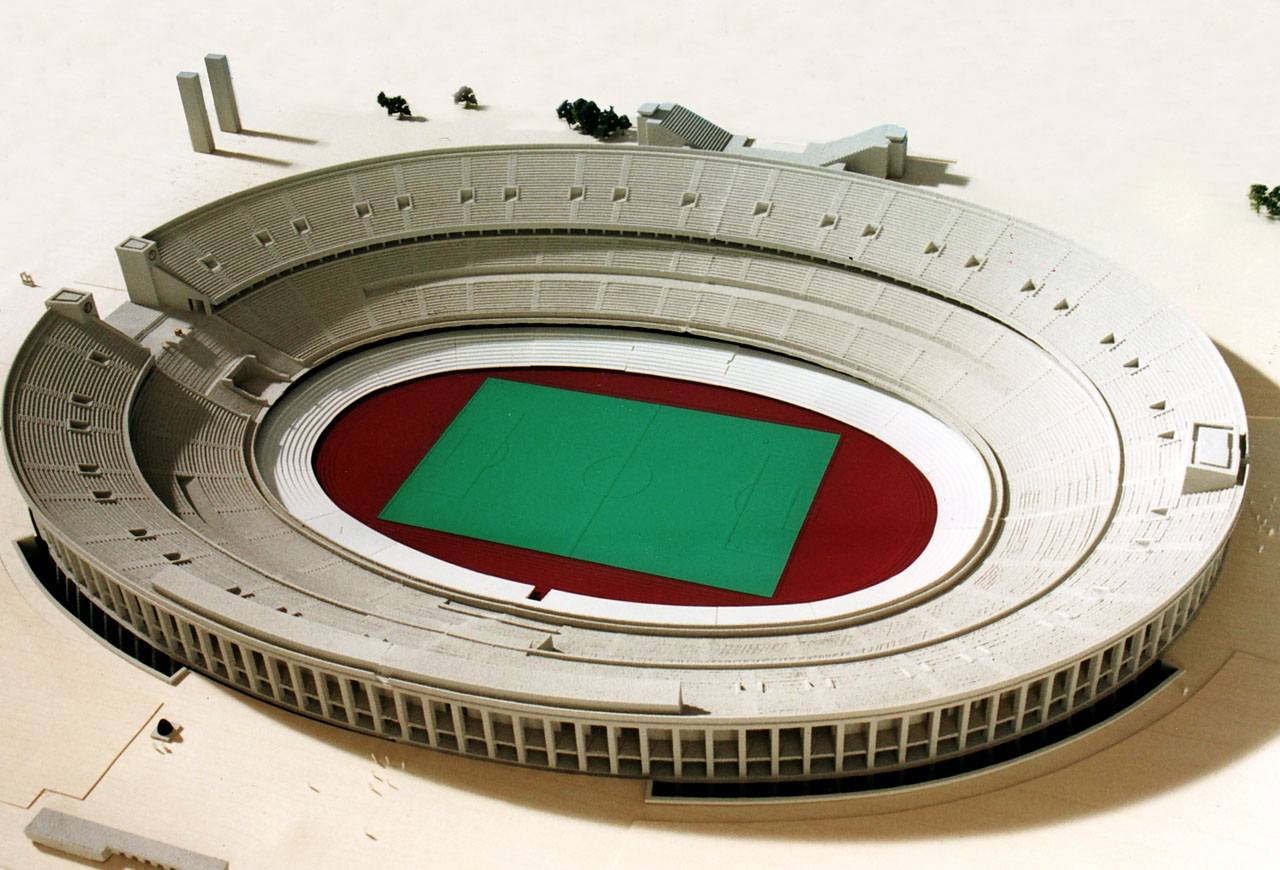
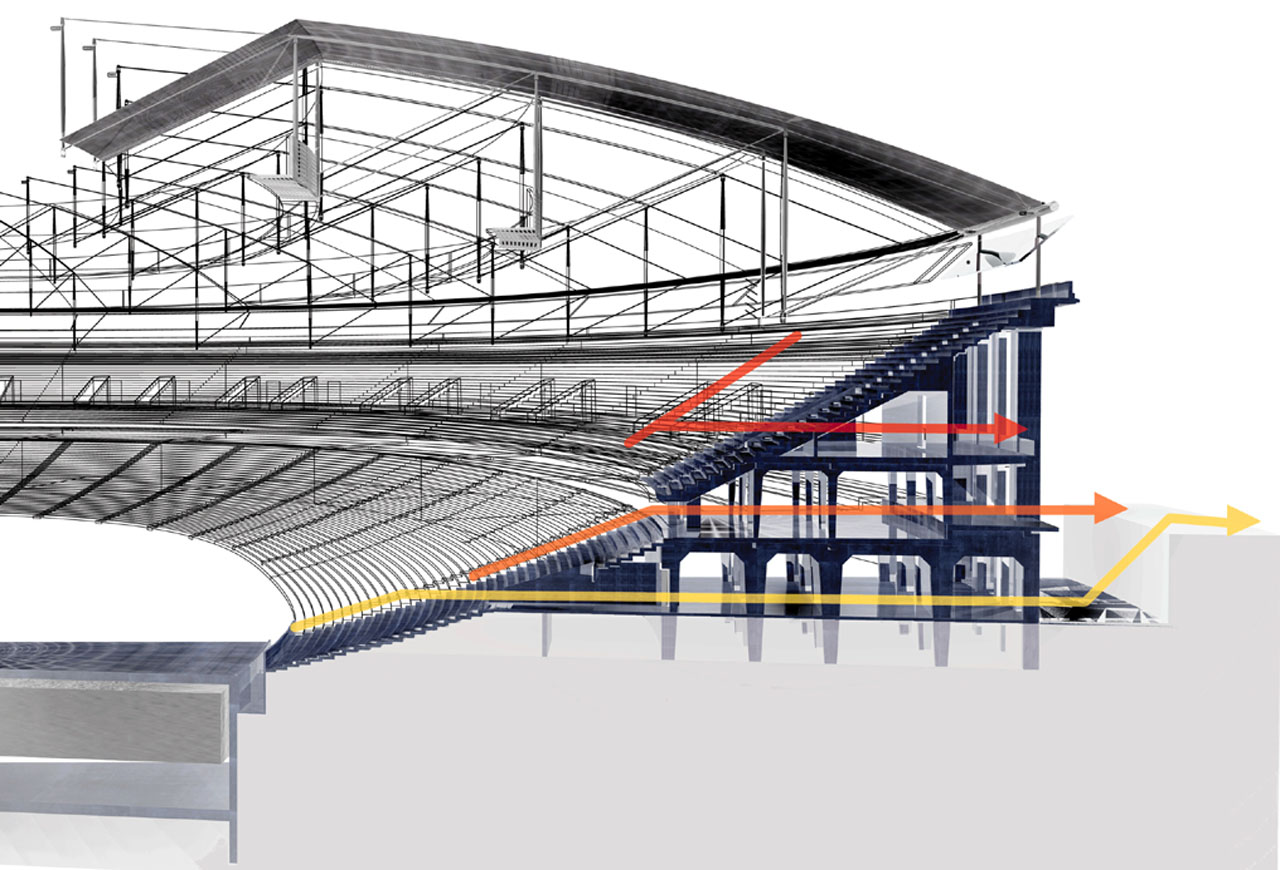
Olympiastadion Berlin (Olympic Stadium)
Architectural heritage, 1928-1936, architect Werner March
Initiative: The Berlin Olympic Stadium is part of the original Olympic Park Complex of 1936. At its completion, the Stadium was the largest in the world. The park, spread over 54 hectars, was comprised of numerous sport venues, as well as an open air theater with 25,000 seats. Most of the installations remained preserved. In recent decades, the Stadium has served as a venue for football, the ISTAF (one of the IAAF "Golden League" venues) and for large scale cultural events. It was adapted for the Football World Cup in 1974, but at the end of the 1990´s, it no longer met the demands of a modern football stadium. As a result, the football club wanted a new football stadium, that was planned on the location of the adjacent hockey stadium of 1936, ignoring, that it was an integral part of the heritage site and that the future use of the original Olympic stadium remained unresolved.
We started the "Berlin Initiative multi-functional Olympic Stadium" in 1998 to preserve the original stadium by proving that a multifunctional venue for football, athletics and cultural events was possible. We developed a planning concept, got support from representatives of the "Golden League" and presented the concept to the public and to the Berlin House of Representatives, which then voted for a modernization of the historical stadium and against a new stadium proposal. An European selection process (competition) for design-and-built proposals was launched, with ten participiants. For the revised concept, we extended the planning team and our final proposal included construction logistics (with Hochtief), PPP-financing (with TishmanSpyer Europe) and an operative concept (with Ogden Entertainment).
Concept and design: The major conflict of interest was based upon the stadiums geometry and spacial organization. The athletic track surrounding the field, imposed a long viewing distance for the football public. A spacial and technical solution to this problem became the core of our proposal. Since the Berlin Olympic Stadium was built half underground and the sportsfield was constructed on sand, we proposed an underground water basin with the sportsfield on top, mounted on adjustable pontoons. By floating the pontoons, the field could be lowered approximately 3 meters within a few hours. Retractable bleachers/tribunes with 8,000 additional seats could be pulled out onto the area of the athletic running track. By reinflating the pontoons, the field would be raised to it´s original level, the bleachers would be stored under the former „photographers pit“ and the original geometry and spatiality of the stadium was preserved. Due to gravity, the „sinking“ of the field requires no energy and the inflation of the pontoons, with air pumps, requires minimal use of electricity. The complete operation (conversion and reconversion) would happen within 24 hours and with little cost.
Overall, the concept optimizes the seating capacity and the demands of football, athletics and other events. Temporary VIP boxes can be installed in the existing groundfloor gallery, and Club Seats, with posterior service areas, are integrated into the tribunes. Merchandising and other functional areas are located partially underground and an underground parking garage and warmup hall for athletes is proposed outside the stadium´s oval. A comprehensive energy concept optimizes the cost of ongoing operations and includes 5,000 sqm of photovoltaic panels installed on the north side of the Maifeld. The proposed textile roof of 50,000 sqm covers all seats and is conceived as a 68 m clear-span structure with a compression ring and a continuous rope-rod construction system. The compression ring is installed 5 m over the building cornice allowing for cross ventilation. Over the ring, the historical flag masts are reinstalled. The translucent textile surface is interrupted at the Marathon Gate, allowing the view of the Olympic Tower.
„Berlin-Initiative - Multifunktionales Olympiastadion“: NGM - Nedelykov, Granz Moreira Architects, structural design: CBF-Ipro, project management: Ingenieurbuero Schmid, building services: Planerwerft Hamburg (Falcke + Korff).
Additional Project Participants: water tanks: Lasse & Pache Bremen, roof design consultant: Prof. Peter Rudolph, heritage: Alexandra Restaurierungen, Golden League consultant: Rudolf Thiel, Sport-marketing consultancy: NBBJ-Los Angeles, Public Privat Partnership-Investor: TishmanSpyer Europe, Operator: Ogden Entertainment, construction costs + logistics: Hochtief AG
Team NGM: Armin Schenker, Maria Osende, Olivera Savic and others.








